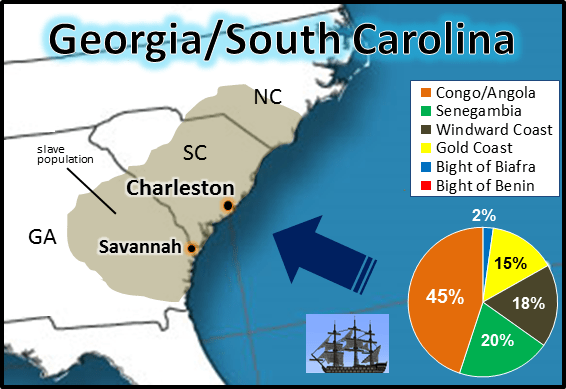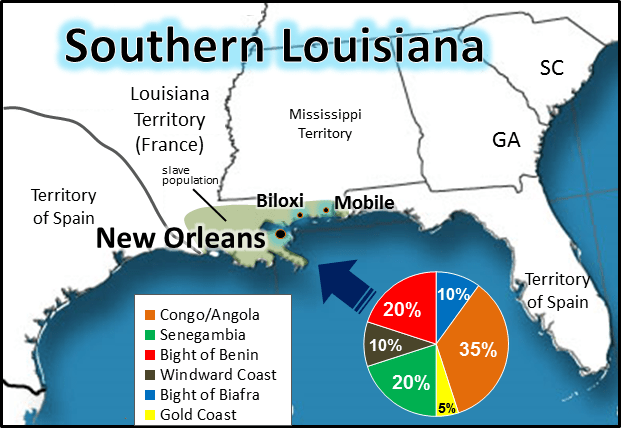get these nets
Veteran
what Im saying is, how can there be latino influences when they had no influence on afams? As I showed you, the interplay left i,pact on THEIR music/culture, not afram music/culture
bboys origins are afram dance. Latinos were not doing that dance(bboying) until it was almost the 1980's
graffiti started and spread into NYC from black philadelphians


na
of course the ricans and blacks were largley in the same hoods but they had their own cultures which meant they stayed within their own group(s) for the most part. Crazy Legs has an interview where he talks about this but right now I can't find it.
Thanks
How accurate is that piece about graff when it completely skips over mentioning wartime graffiti? In most of the stuff I read about graff, they mentioned World War 2 wartime markings and tags by American soldiers. "killroy was here" was the o.g. tag allegedly.
As Caz pointed about about b-boying/breakdance.....I think that once they started doing it, that P .R.s added cultural elements to graff. I think there's a tradition of street murals there.
(Will add more later)
what jelly called the spanish tinge was a misnomer because he associated it with "cuban-latin" (african in origin) clave/habanera which is something aleady in afram music such as mississipi fife and drum, hambone and sea islands ring shout. The same clave/habanera feel he called the spanish tinge is the feel of gullah dancing
the charleston dance


and

Thanks. That's one way to look at it. The other more direct way to view Morton's use of the term "Spanish tinge" is to look at the history of the city he was born in, New Orleans. City with both Spanish and French colonial history, migration patterns from former colonies of those Euro countries..including Cuba. New Orleans has a history of multiple cultures exchanging & blending .It's been one of the most fertile and influential places musically because of that . I'm not discounting what you've written and posted here but I think an objective person could see how Morton wasn't using a misnomer at all and that by Spanish tinge, he was directly acknowledging the latin musical influences in the city he's from.
(page 116, first paragraph last sentence)One of the pages that you posted noted that certain musical style was "ubiquitous in places where the dominant African culture was Yoruba or Kongo...including Cuba and Haiti" Again, with it's history New Orleans had waves of both enslaved Africans and free Africans from both Cuba and Haiti entering the city at different points.. N.O.'s history(and Louisiana's) is dramatically different from the rest of the country which is why it has such a rich musical tradition.
Again, I cannot discount the fact that African cultural traditions (from the same ethnic groups)carried over in other parts of the United States. I'm just saying that it's more likely that Morton picked up that element in New Orleans. He didn't misname it at all.....he got it from the Afro-Cuban cultural exchange in Louisiana.




 I'm sorry the brother died before he could correct his errors.
I'm sorry the brother died before he could correct his errors.




